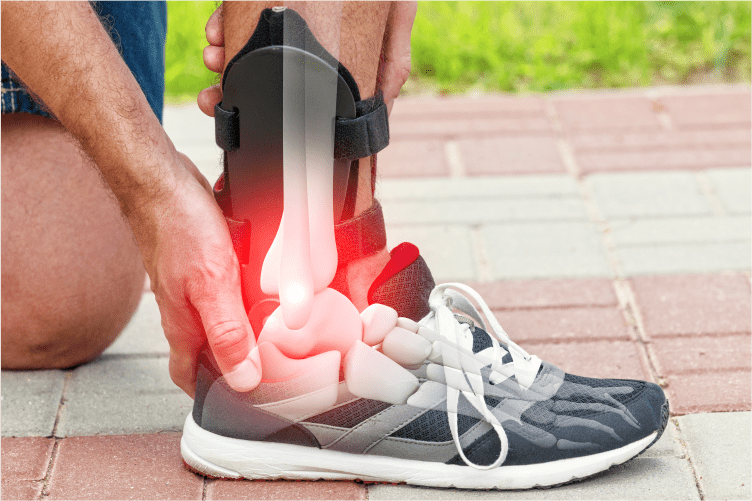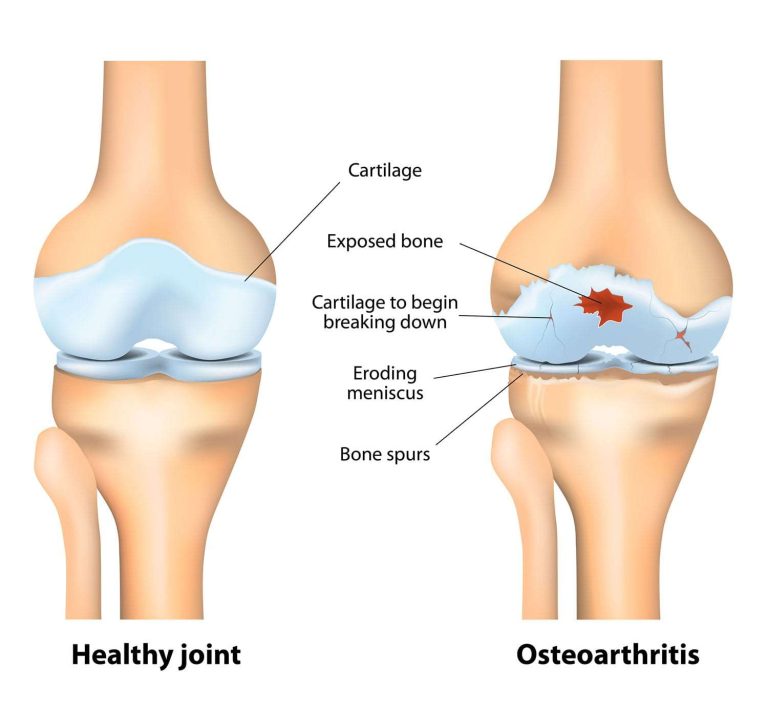Have you heard that running can sometimes lead to stress fractures? If you’re a running enthusiast or an athlete, this is something you should definitely know. These small bone injuries might seem minor at first but ignoring them can significantly affect your performance and training. At DR. GK JOINT AND BONE CENTRE- best hospital for fracture care in south bangalore, we provide the best fracture care with latest technologies and treatments.
So if you’re someone who’s in wonder then after reading this blog, you’ll get a clear idea about how running can cause stress fractures, the symptoms to watch for, and strategies to prevent them. We’ll also go through when to consult a doctor to ensure your running routine stays safe.
We’ll cover everything you need to know: what stress fractures are, how running contributes to them, symptoms, prevention methods, when to see a doctor, and studies showing how prone runners and athletes are to these injuries. By the end, you’ll have practical insights to keep running safely and protect your bones.
KNOWING MORE ABOUT STRESS FRACTURES-
A stress fracture is a tiny crack in a bone caused by repeated stress or overuse. Unlike traumatic fractures from sudden injuries, stress fractures develop gradually over time. They are most common in weight-bearing bones like the tibia (shin), metatarsals (foot bones), and fibula.
Stress fractures in runners occur because repeated impact on these bones can exceed their ability to repair naturally. Over time, micro-damage accumulates and leads to a fracture. Understanding this is the first step in preventing long-term injuries.
HOW DOES RUNNING CAUSE STRESS FRACTURES?
Running puts repetitive, high-impact stress on the lower limbs. Every step sends a force through the bones. When the bones don’t get enough recovery time, micro-damage builds up and eventually forms a stress fracture.
Risk factors include:
- Sudden increase in distance or intensity because bones need gradual adaptation.
- Second is wearing improper footwear because worn-out shoes fail to absorb impact effectively.
- Running on hard surfaces can also be a risk factor because concrete or asphalt increases bone stress.
- Poor biomechanics- Overpronation or incorrect running form stresses specific bones.
- Another reason is the deficiency of nutrients because lack of calcium or vitamin D reduces bone strength.
Addressing these factors can significantly reduce the chance of developing a stress fracture.
SYMPTOMS TO LOOK OUT FOR-
Early recognition of a stress fracture is critical. Common symptoms include:
- Gradual onset of pain– Pain develops slowly during running or activity but may ease with rest initially.
- Swelling and tenderness -The area around the fracture may feel sore to touch and appear slightly swollen.
- Pain during daily activities– If ignored, pain can persist even when not running.
- Bruising or discoloration – Some stress fractures, especially in the foot, may show minor bruising.
- Changes in gait– Favouring the injured leg or limping can indicate underlying stress fractures.
Runners should never ignore persistent or worsening pain, as continuing to run can worsen the fracture and prolong recovery.
HOW TO PREVENT STRESS FRACTURES?
Preventing stress fractures requires a combination of smart training, proper footwear, and bone-friendly habits:
- Gradual training increases -Slowly increase distance, intensity, or frequency to allow bones to adapt.
- Use proper running shoes-Choose footwear that matches your foot type, running style, and replace them regularly.
- Alternate running surfaces-Mix softer trails, tracks, and grass with harder surfaces to reduce repetitive stress.
- Strengthen supporting muscles -Exercises targeting calves, thighs, and core help absorb impact and reduce bone strain.
- Ensure bone health-Consume enough calcium, vitamin D, and protein to maintain bone density.
- Include rest and recovery days -Adequate rest lets bones repair micro-damage before it becomes a fracture.
- Cross-training-Low-impact exercises like swimming or cycling can maintain fitness without overloading bones.
Following these tips consistently helps runners continue training safely while minimizing injury risk.
WHEN TO CONSULT A DOCTOR?
Persistent pain, swelling, or tenderness that doesn’t improve with rest warrants a medical consultation. A doctor may recommend:
- Imaging tests-X-rays, MRI, or bone scans to confirm a stress fracture.
- Activity modification-Temporary rest or switching to low-impact exercises.
- Physical therapy– Strengthening and conditioning to aid recovery.
- Guidance for return to running-Stepwise plan to prevent re-injury.
Early diagnosis ensures faster recovery and protects your long-term running goals.
STUDIES SHOWING HOW PRONE RUNNERS AND ATHLETES ARE-
Research shows runners and athletes are more susceptible to stress fractures than non-athletes:
- Long-distance runners experience higher rates due to repetitive impact.
- Female athletes may have higher risk due to hormonal differences and bone density factors.
- Sudden spikes in training intensity strongly correlate with stress fractures.
These findings highlight the importance of careful training, proper footwear, nutrition, and listening to your body.
CONCLUSION-
To conclude, running can indeed cause stress fractures if the bones are subjected to repeated stress without adequate recovery. Early recognition of symptoms, understanding risk factors, and following preventive strategies can help runners maintain an active lifestyle while keeping their bones healthy. If you’re looking for a place for expert guidance and personalized care, DR. GK JOINT AND BONE CENTRE- best orthopaedic hospital near jayanagar is your best choice. With experienced orthopedic specialists and advanced diagnostics we provide treatments for trauma care, ligament injury care, fracture care, advanced joint care and many more. Book your consultation now!




